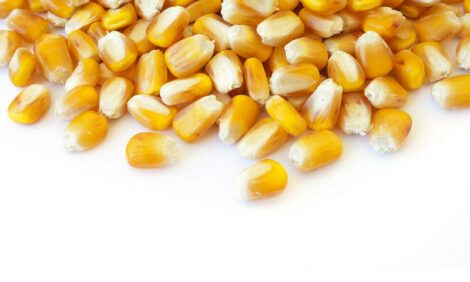



Canada's National Swine Traceability Programme
The final pillar of the national traceability programme - tracking of animal movements - comes into effect in July 2014, Stephanie Cottee (Provincial Programs Coordinator, Ontario Pork) explained at the 33rd Centralia Swine Research Update in January 2014.
Traceability is the ability to track an animal by means of a documented movement history. In the event of animal health or food safety emergencies, this allows officials to 'traceback' the source of an incident, then 'traceforward' to any other locations that may have been impacted.
Traceability systems improve the ability to quickly respond to emergencies within a production-chain. Reducing the length of investigations leads to faster corrective actions, which in turn can shorten economic recovery time and mitigate further damage.
Over 50 per cent of Canadian pork is exported. A foreign animal disease outbreak would very likely disrupt export markets. It was recognized that a Canadian swine traceability system was needed to help minimise the economic, social and environmental impacts of a foreign animal disease outbreak and improve the industry’s chances of returning to international trade as soon as possible following major disease outbreak.
Consumer concern over food safety and security has also made traceability a standard business practice in many sectors. The development of the traceability system was also seen as a way to reinforce both domestic and export market access, and improve the competitiveness of Canadian pork products in the marketplace.
PigTrace Canada is the programme name for the Canadian Pork Council's (CPC) Canadian Swine Traceability System. The programme, developed in 2002, was designed and is administered by the CPC in collaboration with other provincial pork organisations including Ontario Pork. Ontario Pork has had representation on the CPC Traceability Working Committee since its inception.
PigTrace Canada has been built on three pillars of traceability:
- identification of farms
- identification of animals and
- tracking of Animal Movement
Canadian swine producers registered their premises beginning in 2006. At that time, they were also issued nationally unique tattoo numbers which are registered to the last farm of residence before market hogs are sent to slaughter.
The next pillar to be executed was the addition of a national ear tag designed for breeding stock and animals shown at fairs and exhibitions. Tag numbers will eventually be used to report the movement of individual animals from premises to premises. Tags are currently available for order by Ontario producers.
The final pillar - tracking of animal movement - comes into effect on 1 July 2014. Since proposed amendments to the Health of Animals Regulations were published by the Government of Canada during the summer of 2012, the CPC and its partners have worked with the Canadian Food Inspection Agency (CFIA) to prepare an appropriate timeline to implement the traceability programme and make it mandatory under federal law to be able to respond to disease outbreaks and food safety emergencies.
May 2014








